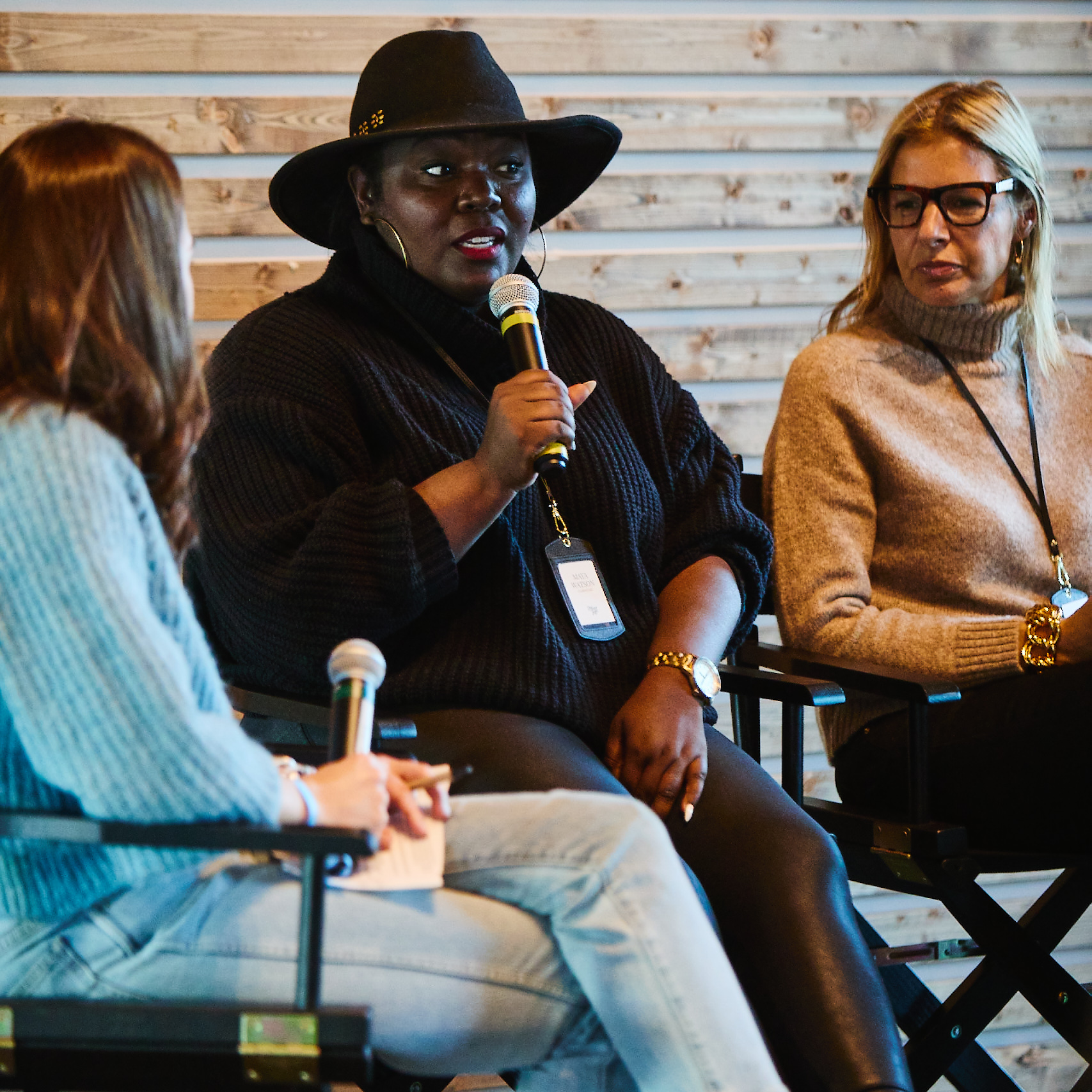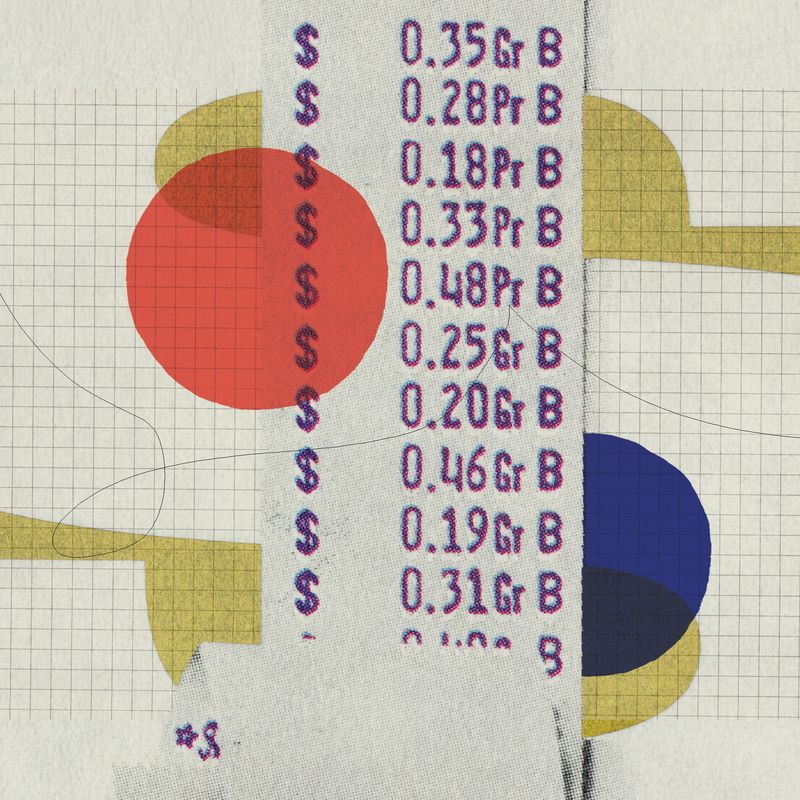How to Maximize Your Productivity as a Freelancer
Face down the mental barriers of this major career switch.


The pandemic has catapulted capitalism into a future unknown—and the gig market into center focus. Pandemic-related layoffs have created intense need and competition for contract jobs, and women especially are on the market: During March and April, 11.7 million women lost their jobs, compared with 9.6 million men. But the freelance space, one of the few sectors to thrive as a result of the national crisis, saw a surge of openings. This year, two million people joined the nearly 57 million Americans who already called themselves freelancers. And the shift doesn’t show signs of slowing. So if you’re a recent free agent, don’t panic. We’ve got you: Here, our guide to going freelance.
Going freelance is no doubt an anxiety-inducing decision: You have to adjust to a new lifestyle that doesn’t include structure or guaranteed income and might, at first, feel lonely (no more tea-spilling cubemates!). But there are ways to make the move more manageable mentally.
According to productivity expert Lisa Zaslow, founder of Gotham Organizers, having a job job creates a ripple effect of external structure. Without that, life can feel chaotic. “Some people are just naturally better at creating structure and routines,” she says, but even if you’re a loosey-goosey creative type, make a schedule and stick to it—and include everything from exercising to coffee dates to chores. “If you don’t do that, [work] becomes a blur and your anxiety grows. You’ll have a tendency to feel like you always should be working, that there’s always more to do.” To quiet that nagging voice in your head, respect your own time, just as you’d expect your boss to.
To maximize your productivity, “match tasks to your energy level,” says Laura Adams, author of Money Smart Solopreneur. “If you’re a morning person, do the most difficult things for your business first. Toward the end of the day, work on things that are less exacting.” Pacing your work to your rhythms will sidestep the kind of downtime that might have arisen when you danced to your boss’s tune and that you could kill with coworkers at the Keurig.
And last, don’t be afraid to give yourself a gold star or two: When Zaslow started her business, she set up a list of criteria separate from what’s on a balance sheet—including goals like public speaking and fun things she could do because she had a freelancer’s flexibility. She suggests keeping a file of kudos or praise—like when you get a nice note from a client. “Chart your wins,” she says. We’re here for it.
Read the Rest of our Guide to Going Freelance:

Now That Everyone Is WFH, What Happens to Freelancers?
This article originally appeared in the Winter 2020 issue of Marie Claire.
Stay In The Know
Get exclusive access to fashion and beauty trends, hot-off-the-press celebrity news, and more.
Maria Ricapito is a writer who lives in the Hudson Valley.
-
 Princess Anne's Unexpected Suggestion About Mike Tindall's Nose
Princess Anne's Unexpected Suggestion About Mike Tindall's Nose"Princess Anne asked me if I'd have the surgery."
By Amy Mackelden Published
-
 Queen Elizabeth's "Disapproving" Royal Wedding Comment
Queen Elizabeth's "Disapproving" Royal Wedding CommentShe reportedly had lots of nice things to say, too.
By Amy Mackelden Published
-
 Palace Employees "Tried" to Get King Charles to "Slow Down"
Palace Employees "Tried" to Get King Charles to "Slow Down""Now he wants to do more and more and more. That's the problem."
By Amy Mackelden Published
-
 Peloton’s Selena Samuela on Turning Tragedy Into Strength
Peloton’s Selena Samuela on Turning Tragedy Into StrengthBefore becoming a powerhouse cycling instructor, Selena Samuela was an immigrant trying to adjust to new environments and new versions of herself.
By Emily Tisch Sussman Published
-
 This Mutual Fund Firm Is Helping to Create a More Sustainable Future
This Mutual Fund Firm Is Helping to Create a More Sustainable FutureAmy Domini and her firm, Domini Impact Investments LLC, are inspiring a greater and greener world—one investor at a time.
By Sponsored Published
-
 Power Players Build on Success
Power Players Build on Success"The New Normal" left some brands stronger than ever. We asked then what lies ahead.
By Maria Ricapito Published
-
 Don't Stress! You Can Get in Good Shape Money-wise
Don't Stress! You Can Get in Good Shape Money-wiseFeatures Yes, maybe you eat paleo and have mastered crow pose, but do you practice financial wellness?
By Sallie Krawcheck Published
-
 The Book Club Revolution
The Book Club RevolutionLots of women are voracious readers. Other women are capitalizing on that.
By Lily Herman Published
-
 The Future of Women and Work
The Future of Women and WorkThe pandemic has completely upended how we do our jobs. This is Marie Claire's guide to navigating your career in a COVID-19 world.
By Megan DiTrolio Published
-
 Black-Owned Coworking Spaces Are Providing a Safe Haven for POC
Black-Owned Coworking Spaces Are Providing a Safe Haven for POCFor people of color, many of whom prefer to WFH, inclusive coworking spaces don't just offer a place to work—they cultivate community.
By Megan DiTrolio Published
-
 Where Did All My Work Friends Go?
Where Did All My Work Friends Go?The pandemic has forced our work friendships to evolve. Will they ever be the same?
By Rachel Epstein Published

